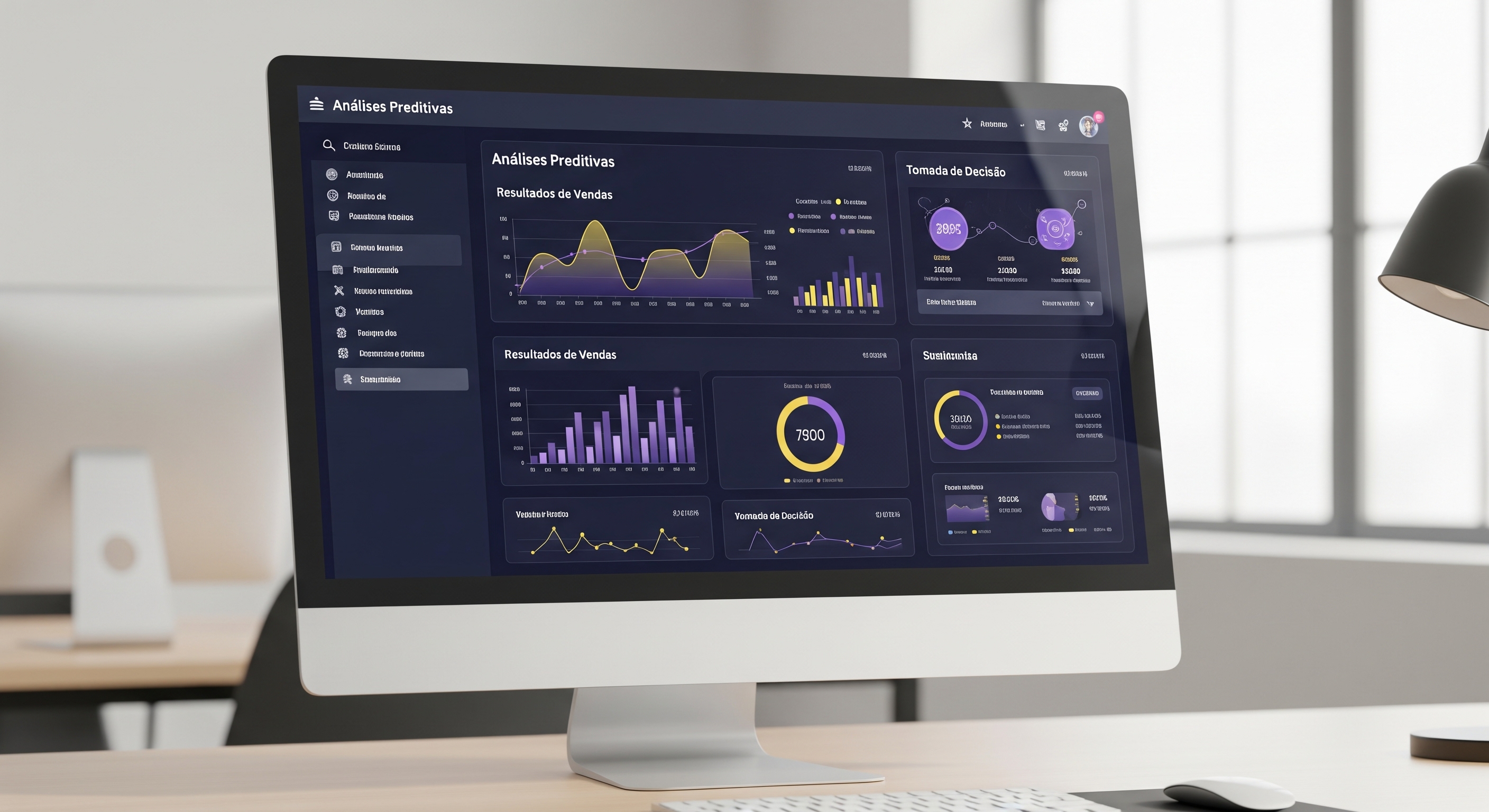Data Culture: Foundation of Digital Transformation
Investing in digital transformation without developing a data culture is like building a house on sand. Tools alone do not sustain lasting changes. What ensures real evolution is the ability of people to think, decide, and act based on reliable data.
This culture involves more than adopting BI or CRM. It's about a new mindset, in which data guides strategies, challenges assumptions, and supports decisions at all levels of the organization.
Challenges Faced by CMOs and Heads of Marketing
For marketing leaders, the pressure for ROI and performance makes the adoption of data-driven practices even more critical. However, many barriers hinder progress:
- Lack of data governance and quality
- Internal resistance to changes
- Insufficient analytical skills within the team
- Silos between areas that prevent an integrated vision
The result? Assumption-based campaigns, resource waste, and difficulty in proving the strategic value of the area.
How to Develop an Effective Data Culture
The transformation begins with clarity about the purpose of the change. To consolidate a data culture, it is necessary to:
Leadership Engagement: CMOs must lead by example, making evidence-based decisions.
Continuous Education: investing in the analytical skills of the team, focusing on data interpretation and critical thinking.
Solid Governance: ensuring single sources of truth with clean, accessible, and up-to-date data.
Integrated Processes: encouraging collaboration between marketing, sales, IT, and BI to generate actionable insights.

Transformation is a Process and Begins with Culture
Successful organizations in digital transformation are not those that invest most in technology but those that best adapt their culture to the new reality.
For marketing, this means:
- Understanding customer behavior in depth
- Prioritizing actions based on data, not assumptions
- Measuring results with a focus on continuous learning
The data culture is what separates reactive teams from strategic leaderships. And this is the differential that the CMO needs to drive — today.
Start by assessing your team's analytical maturity level and identifying the gaps that prevent smarter decisions. The change begins with you.

